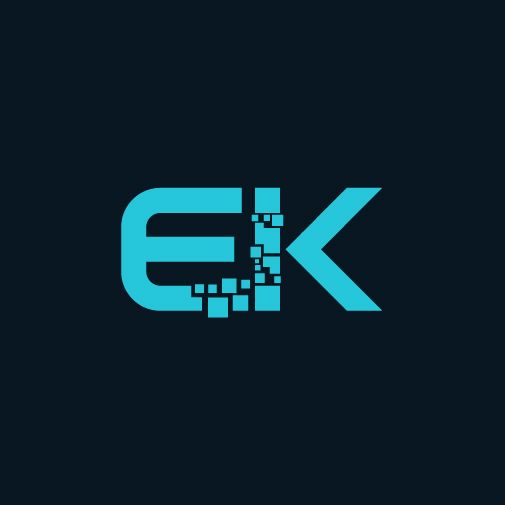968 reads
A Proposal To Shake Up Ethereum — A New Standard On The Horizon?
by
June 24th, 2018

Cryptocurrency Enthusiast circa 2012. Award winning writer in Finance, Investing and Bitcoin. Opinions are my own.
About Author
Cryptocurrency Enthusiast circa 2012. Award winning writer in Finance, Investing and Bitcoin. Opinions are my own.